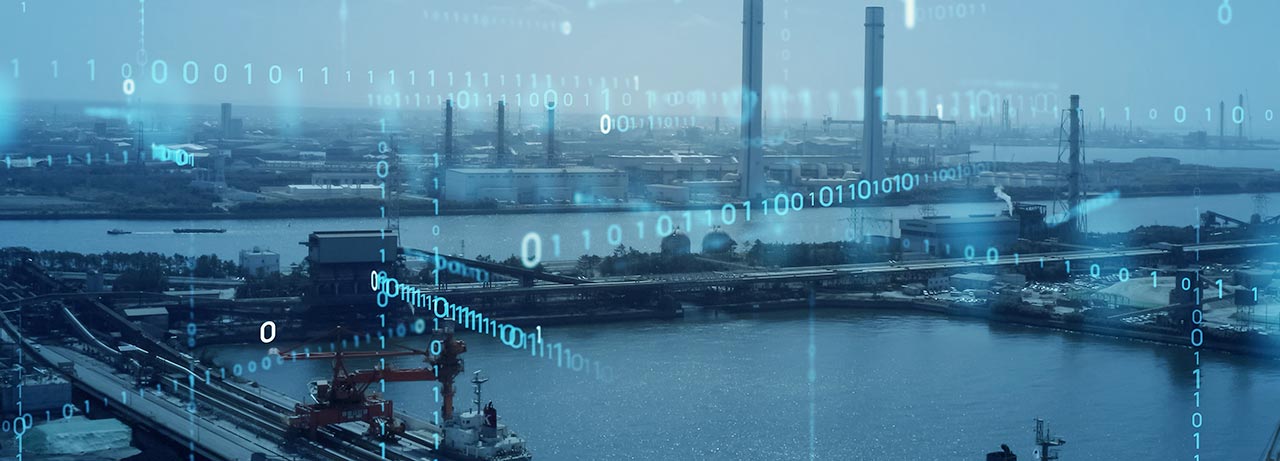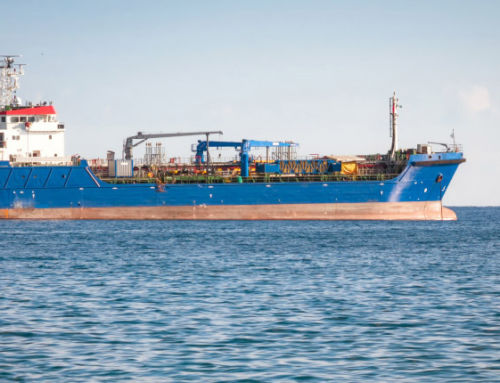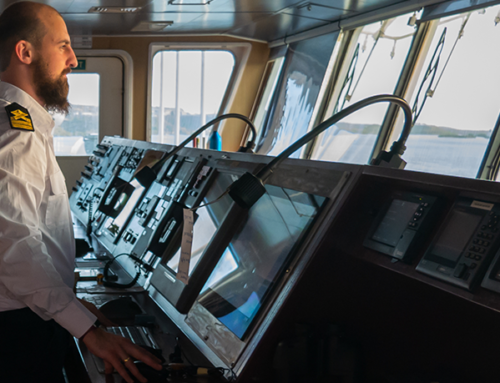On March 29, 2021, tugboat horns blared across the Suez Canal in celebration of the end of the six-day blockade caused by the MV Ever Given. The blocking of one of the busiest trade routes in the world was just another challenge that the shipping industry had to face, against the backdrop of a raging pandemic. Although celebrations were in order, given that global demand has begun to pick up again, there are some long-term implications of covid-19 and the resultant impact on the marine industry.
Maritime transport is the mainstay of the global economy, responsible for more than 90% of all cross-border trade, according to a blog post by The World Bank. While the pandemic did weigh on demand and port traffic, it was heartening to see the resilience of the marine industry. Shipping companies and seafarers continued to work despite the pandemic-induced challenges to ensure continuity in the global supply chains, transporting almost everything, from quarantine supplies to daily essential, and industrial materials and products. Despite unprecedented challenges, the shipping industry came to the rescue at a time when land logistics were unable to function, with land border closures and restrictions on the movement of people and cargo.
Spurring the Digital Transformation
The pandemic strengthened the case for a digital transformation in the maritime industry, says an article by the UNCTAD. This had been a long time coming. Much like the education industry, shipping had so far lagged in the adoption of technology, especially the digitalization of processes and workflows. The marine industry needed to transition quickly to overcome the challenges presented by the pandemic.
If you thought teachers would be reluctant to learn how to use technology platforms to disseminate information, our very own maritime professionals too stood up to the challenge. Shipping professionals and ship crew rose to the occasion and explored digital alternatives to various manual functions.
Even before covid-19, there was growing pressure for maritime transport to transform. For instance, the International Maritime Organization (IMO) put forward expectations for a reduction in the shipping industry’s total annual GHG emissions by at least 50% by 2050, from the 2008 levels. This means the marine industry would need to consider ways to boost fuel efficiency, if not moving to cleaner fuels.
In addition, technology has the power to significantly improve the efficiency of operations, while also reducing the need for physical interactions. Even in the post-pandemic era, limiting the need for in-person interactions could bring about greater efficiency and cost savings.

Marine Industry Moving to Close the Technology Gap
Understanding the Gap
Shipping companies have begun to realize that they were relying on tools (like excel), which are not designed specifically for the marine industry and definitely not for the particular task at hand.
Maritime CXOs realized that huge amounts of marine data were already being recorded by every ship. This could be a gold mine, if only it is collated and analyzed with ease.
So far, much of the marine data being compiled was with the sole objective of compliance. Shipping companies have begun to consider ways to use this marine data to benefit their vessels and crew, their business, and their bottom line.
Closing the Gap
The pandemic has driven the faster adoption of software designed for the marine industry. Increased technology adoption in everyday functioning onboard vessels can improve efficiency of people and machines, promote sustainability, and help overcome the current and future challenges. So, with a view to enhancing the resilience of the sector, smart ships are being considered the way forward.
With the help of the right marine software, shipping companies are beginning to focus on data-driven insights. The main objectives are:
- More efficient functioning of the vessel
- Higher productivity of crew members
- Making compliance easier
- Cost savings
- Predicting and preventing unpleasant incidents
- Making the processes more robust by preventing human error and scope of data manipulation
The key deterrent to the adoption of marine software is the need for rigorous training of officers on board. Training a distributed team with limited face time is hugely challenging and can lead to the failure of tech adoption. Companies need to ensure that the marine software they use is comprehensive at the backend but has a simple and highly intuitive interface.
Shipping is the lifeline of the global economy, connecting local and regional markets to the global markets and supporting economic development across the board. One of the most transformative impacts of covid-19 could well be the true digitalization of the maritime industry. The use of technology has the power to enhance the resilience that shipping companies have exhibited through the pandemic-led crisis.





